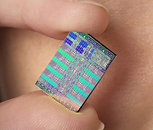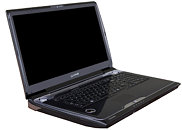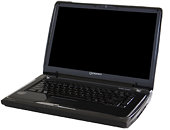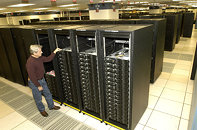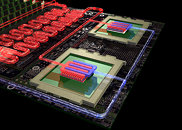
IBM Announces Availability of 28 nm Semiconductor Technology
In a move that signals a firm and ongoing commitment to advanced semiconductor technology leadership, IBM, Chartered Semiconductor Manufacturing Ltd., GLOBALFOUNDRIES, Infineon Technologies, Samsung Electronics, Co., Ltd., and STMicroelectronics have defined and are jointly developing a 28-nanometer, high-k metal gate (HKMG), low-power bulk complementary metal oxide semiconductor (CMOS) process technology.
The low-power, 28nm technology platform can provide power-performance and time-to-market advantages for producers of a broad range of power-sensitive mobile and consumer electronics applications, including the fast-growing mobile Internet device market segment. The favorable leakage characteristics of the HKMG technology result in optimized battery life for the next generation of mobile products.
The low-power, 28nm technology platform can provide power-performance and time-to-market advantages for producers of a broad range of power-sensitive mobile and consumer electronics applications, including the fast-growing mobile Internet device market segment. The favorable leakage characteristics of the HKMG technology result in optimized battery life for the next generation of mobile products.


